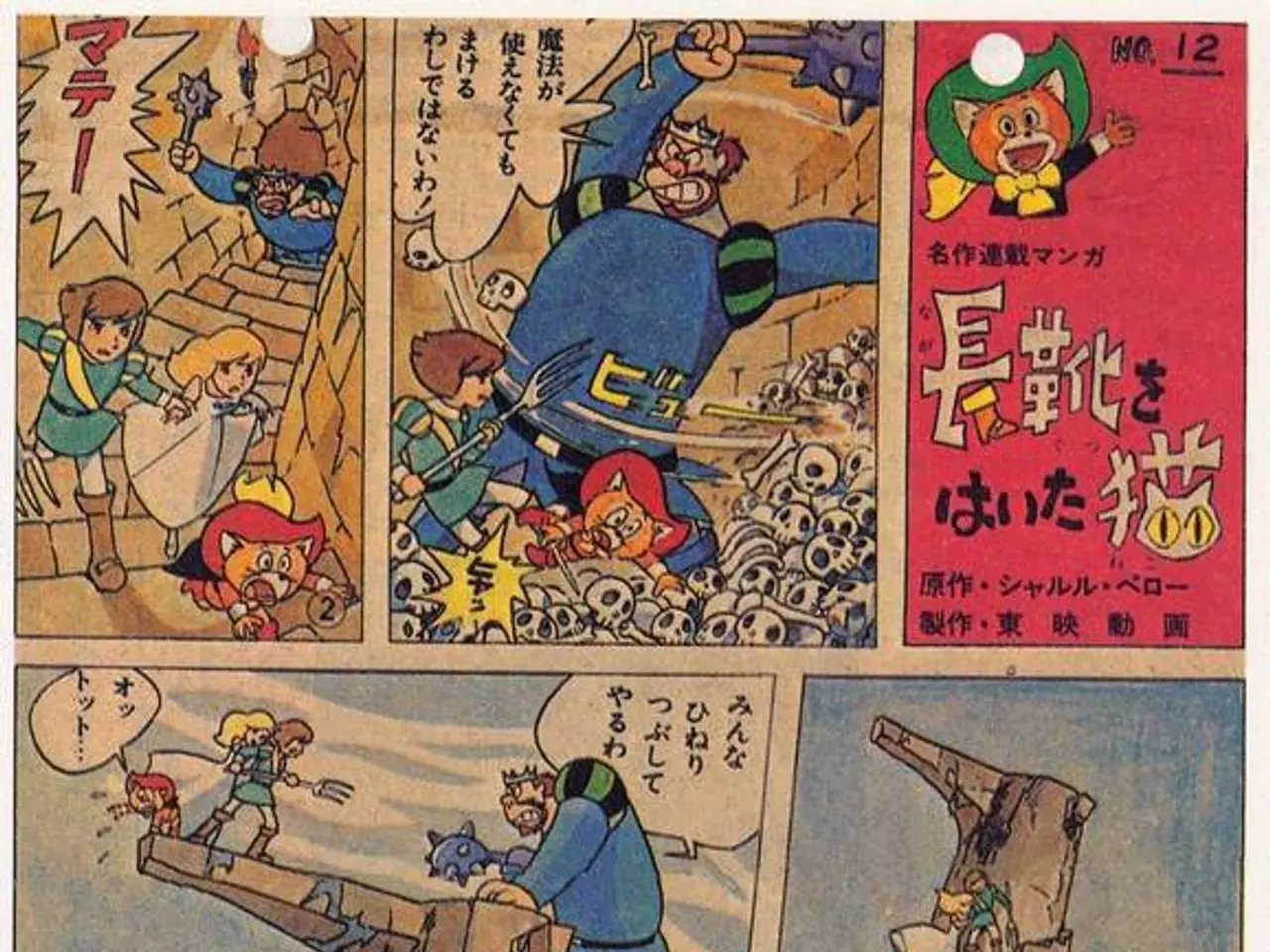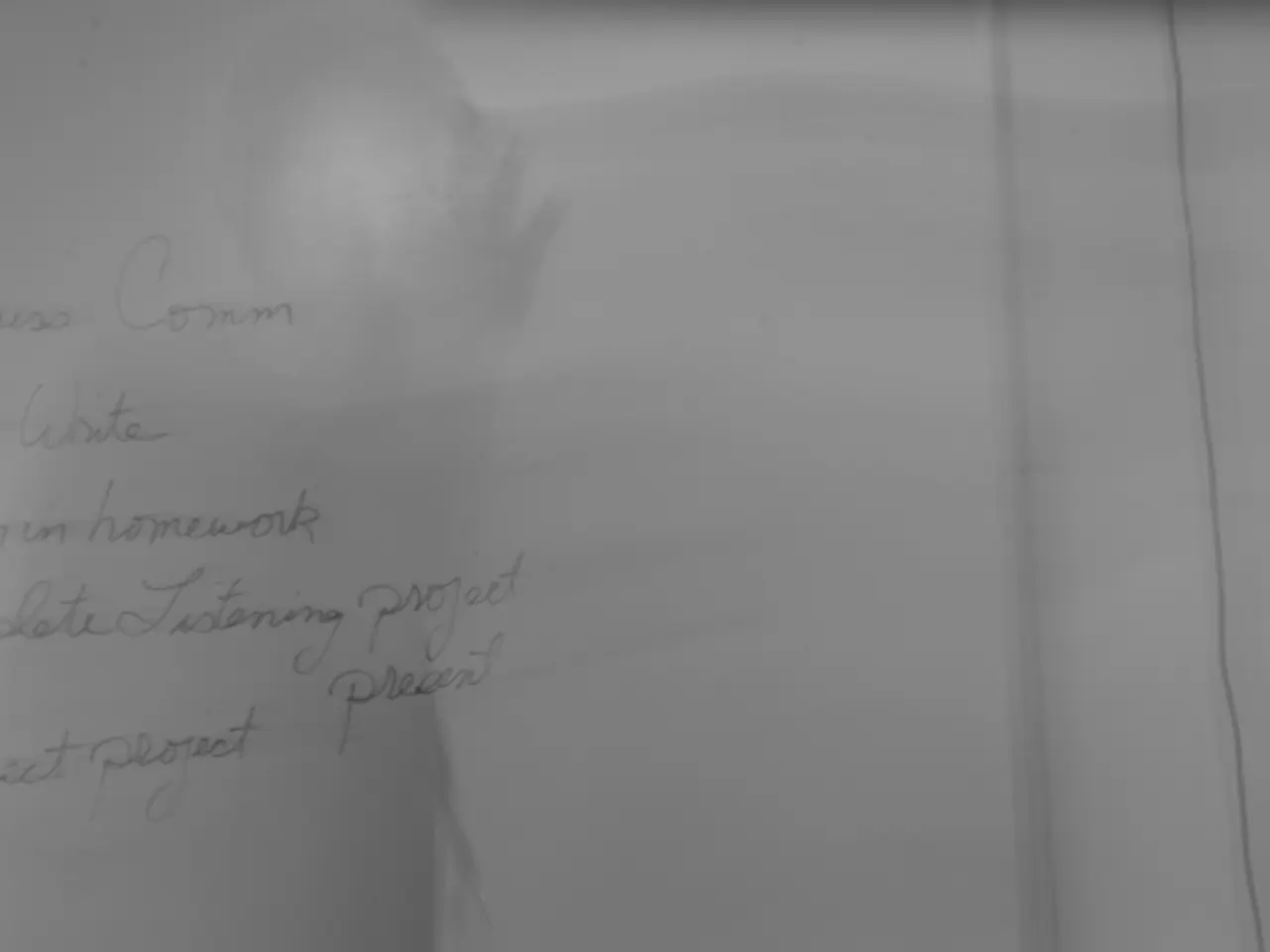Interactive Role-Play Experience for Young Children Modeled After "The Doctor" Character
Four-Year-Old Becomes 'Doctor' in Imaginative Play Session
A four-year-old son recently transformed his play tent into a makeshift doctor's office, engaging in a creative and educational doctor pretend play activity. Equipped with a Fisher Price medical kit, the child set up a waiting room and assumed the role of a doctor, complete with a simple doctor's checklist.
The medical kit, filled with essential tools such as a stethoscope, otoscope, thermometer, syringe, bandage, and blood pressure cuff, provided the necessary props for the young doctor's play. The child put these items to good use, letting a teddy bear try out the stethoscope and using a craft stick as a tongue depressor during the play.
In character, the child said phrases like "you might feel a pinch" and even created a makeshift eye chart to expand his health care role play. The child's imaginative play session was not only enjoyable but also served as an introduction to the world of healthcare for the preschooler.
For parents looking to encourage such imaginative play, there are several resources available. Setting up a doctor's surgery or hospital play area with a reception desk, play doctor set, and using stuffed animals or teddy bears as patients can stimulate a child's imagination. Printable pretend play kits, dramatic play activities, and educational toddler doctor cart toy sets are also suitable options.
Additional ideas include playing dentist or optician roles, creating an eye chart, and having children try on glasses without lenses. Using props like chalkboards, costumes, and themed accessories can further enhance the play experience.
The simple doctor's checklist can be downloaded for free from Craftulate, making it an easy addition to any pretend play setup. These resources collectively provide materials, ideas, and setups that facilitate engaging and educational doctor pretend play for preschool-aged children, supporting both creativity and early health care familiarity.
Incorporating different aspects of learning into playtime can inspire a child's imagination, such as setting up a fashion-and-beauty salon using play cosmetics and styling tools, or transforming a room into a home-and-garden nursery, where a child can nurture toy plants and learn about the basics of ecology.
Furthermore, parents can stimulate self-development by incorporating books about various topics, including education-and-self-development, into the play scenario, turning reading time into a fun and interactive activity. When storytelling, for example, children can pretend to read instructions from a pretend cookbook for a makeshift kitchen or follow a treasure map for a shopping adventure.




